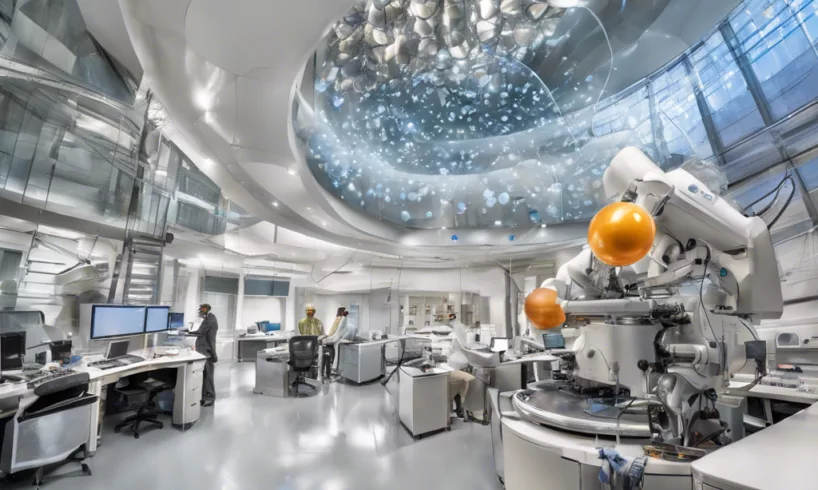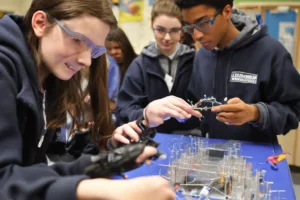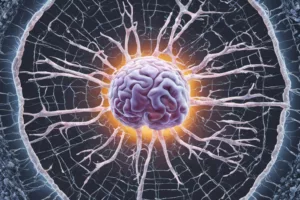
The iconic Singh Center for Nanotechnology celebrates its 10th anniversary as a hub for cutting-edge scientific research and collaboration at the University of Pennsylvania.
Nestled between the Laboratory for Research on the Structure of Matter and the David Rittenhouse Laboratory, the Singh Center for Nanotechnology is a testament to architectural brilliance and scientific excellence. This glass-clad, cantilevered structure symbolizes innovation and collaboration, attracting students, academics, and industry professionals. As the Center celebrates its 10th anniversary, we delve into its journey from the planning phase to its current status as a leading research facility.
Function guiding form: the planning phase
With its distinctive U-shape, the Singh Center's design was born out of necessity, as it needed to integrate around the pre-existing Edison Building seamlessly. To achieve this, the University of Pennsylvania sought the expertise of Weiss/Manfredi, an architectural firm co-founded by Marion Weiss, a professor at Penn's Weitzman School of Design. The architects faced significant constraints, such as the need for a pristine internal environment free from vibrations and certain types of light. These constraints gave rise to the building's unique marigold décor and amber-tinted glass, which have become defining features of the Center's aesthetic.
A hub for innovation
Over the past decade, the Singh Center has catalyzed groundbreaking research across various disciplines. Scientific Director Mark Allen emphasizes the Center's multidisciplinary approach, bringing together researchers from engineering, arts and sciences, medicine, design, dental medicine, and veterinary medicine. This convergence of diverse fields has fostered collaboration and pushed the boundaries of what is possible in nanotechnology. From pioneering drug delivery mechanisms to developing energy-efficient batteries and next-generation semiconductors, the Center has been at the forefront of innovation.
Helping to shape the nanotech future
The Singh Center has been a hub for cutting-edge research and a platform for inspiring the next generation of nanotech practitioners. By providing access to sophisticated machining tools and fostering a collaborative environment, the Center has lowered the barrier of entry for aspiring scientists and engineers. Workshops, seminars, and outreach programs have instilled a love for STEM in K-12 students. The Center's partnerships with institutions like the Community College of Philadelphia have further expanded opportunities for students to gain hands-on experience with state-of-the-art tools.
Looking forward
Nanotechnology plays an increasingly significant role in daily life, so the Singh Center remains poised to spearhead transformative advancements. With its unparalleled infrastructure and dynamic research community, the Center is well-positioned to tackle the challenges and opportunities that lie ahead. Scientific Director Mark Allen and former Dean Eduardo Glandt express their excitement for the future and their commitment to sharing the Center's ongoing achievements with the world.
The Singh Center for Nanotechnology has become a beacon of scientific innovation and collaboration over the past decade. From its meticulous design to its state-of-the-art facilities, the Center has provided researchers with the tools and environment necessary to push the boundaries of nanotechnology. Through its multidisciplinary approach and commitment to inspiring the next generation, the Center continues to shape the future of this rapidly advancing field. As we celebrate its 10th anniversary, we look forward to the Center's continued contributions to scientific discovery and its impact on society.

George Smith, with over a decade in tech journalism, excels in breaking down emerging tech trends. His work, spanning tech blogs and print, combines in-depth analysis with clarity, appealing to a wide readership. George's pieces often explore technology's societal impact, showcasing his foresight in industry trends.







